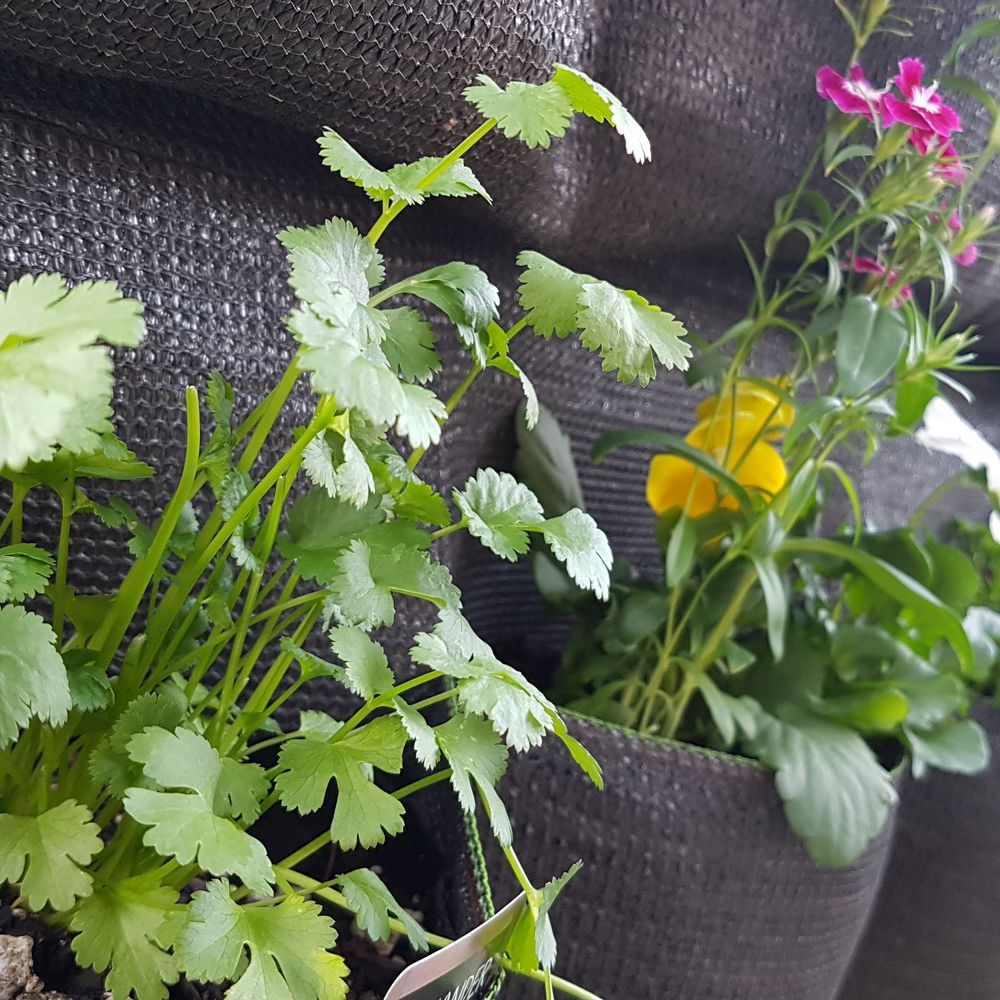Tools needed: Loppers, Secateurs and a Pruning Saw (depending on the size of the rose)
The first thing I do is make up the copper spray. This is to seal the cuts made on the stems and help prevent fungal disease. Copper spray is simply water-soluble copper.
Good quality Secateurs should be sharp and disinfected in between pruning each rose bush. This prevents spreading disease. I think about three 'D's, Deadwood - any stems that have died back, focus on cutting those out first. Next any stems that are 'diseased' - they may have rips in them, or scale, they are the next to go. Then I look for 'diagonal' branches, those that are crossed over. You have to eliminate one otherwise they will rub on another and wear away exposing the stem to the elements & possible disease.
Next you need to find an outward facing bud on the stem & cut 5-10mm above the bud on a 45 degree angle. On a standard rose you want to try & cut in the shape of a vase or a bowl, as with all rose bushes, not all the buds will be outward facing. By doing this you are letting air flow & buds to grow up thru the centre. Work your way around the rose bush pruning the rose down by approx half the original size.
Spray the whole plant with the Copper Spray straight after pruning.
It is important to clean all the leaf litter using your niwashi traditional around the rose bush away as if they have blackspot then the rose will just get it back. Do not compost the dropped leaves as they may harbour fungal blackspot also.Feed the rose with blood & bone and/or sheep pellets and potassium for flowering after clearing the leaf litter. Wash your tools well before pruning the next bush!



